IN HISTORY
1915 Twist-Type Hayakawa Mechanical Pencil
“IN HISTORY”: Sharp and design in history – A joint project with Sharp Museum commemorating its 40th anniversary.
Hello, I am Fujiwara from Sharp Museum. This is a series where Sharp Museum staffs Fujiwara and Nakatani talk randomly about products and history of Sharp. I hope this will be an opportunity for you to find interest in Sharp’s history in some way.
This time I will introduce the 1915 Twist-Type Hayakawa Mechanical Pencil.
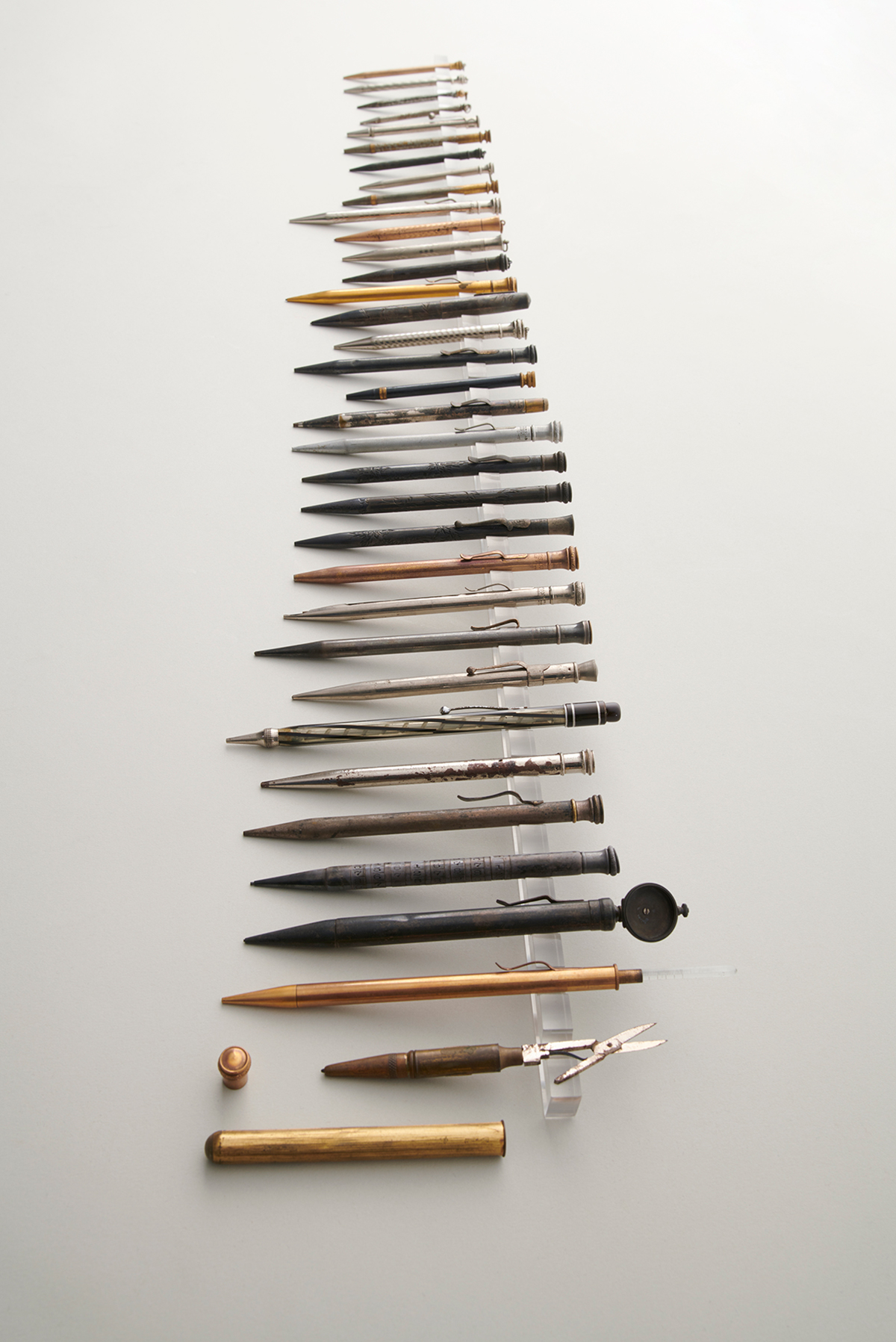
“You’ve got to go make something better”
Founder Tokuji Hayakawa invented a twist-type mechanical pencil structure by metalwork at the age of 21, and named it EVER READY SHARP PENCIL from its feature of always having a sharp edge.
However, at that time in Japan, production of pencils just started, and people still wore traditional Japanese clothes. Due to this background, retailers were reluctant to purchase the product, saying “this does not match people’s clothing” and “the metal structure is too cold to the touch.”
At one point, Hayakawa was rejected with words “You’ve got to go make something better,” which inspired his soul as a creator of the Taisho-era.
Hayakawa had confidence in his metalwork skills he acquired over his apprenticeship experience since his youth. He freely processed gold, silver, red copper and nickel, creating long pencils, thin pencils, attaching a ring to pass through a chain for easier carrying, made beautiful decorations and letters and… even a novel design with a face of a gentleman sculptured on the clip!
In such manner, he continued to create six new models each month, and eventually six months later he created 36 types of mechanical pencils.

Hayakawa’s Proudly Robust and Beautiful Shaping
Yes, this is it. A pencil designed with a gentleman’s face! We display the pencils at our Museum, and it is absolutely breathtaking. There are also other types, such as ones engraved with alphabets. Western clothing were still rare at that time, and only the upper class elites wore suits. Maybe this was targeting the wealthy class.
The twist-type Hayakawa mechanical pencil became a hit product overseas first, so it may be related to that background. There are many creative ideas for added-value seen in the lineup, such as embedding a thermometer, scissors useful for outdoor use, magnet instead of a GPS, and perpetual calendar turning rings with small numbers engraved.
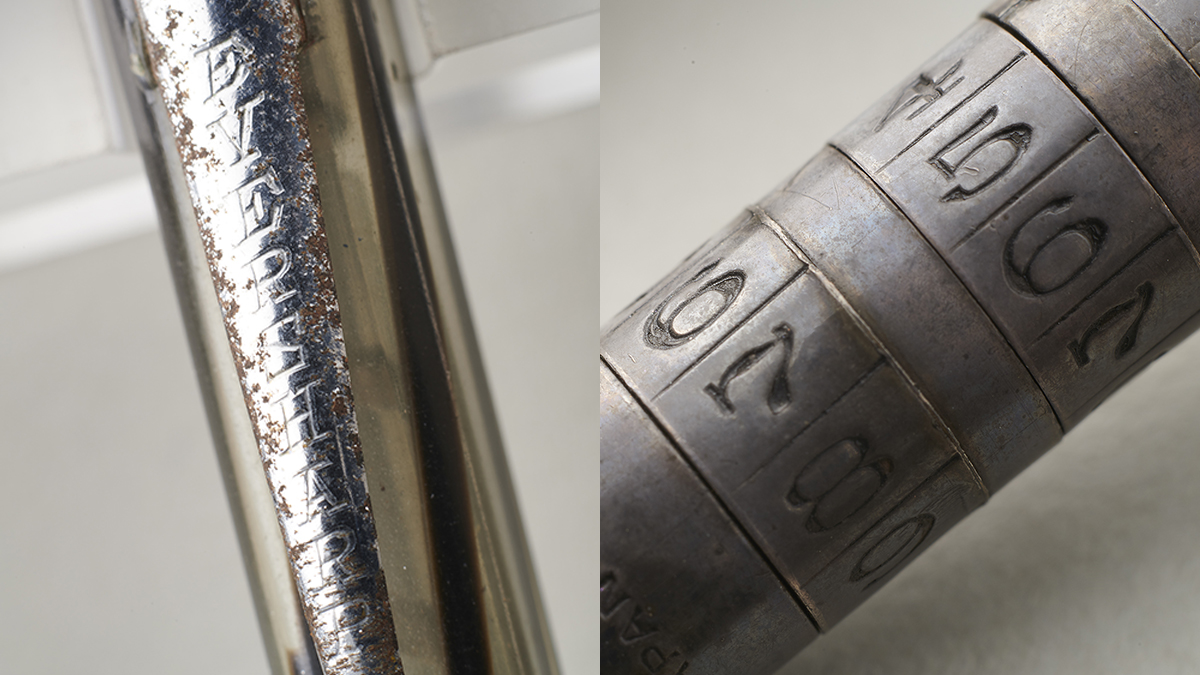
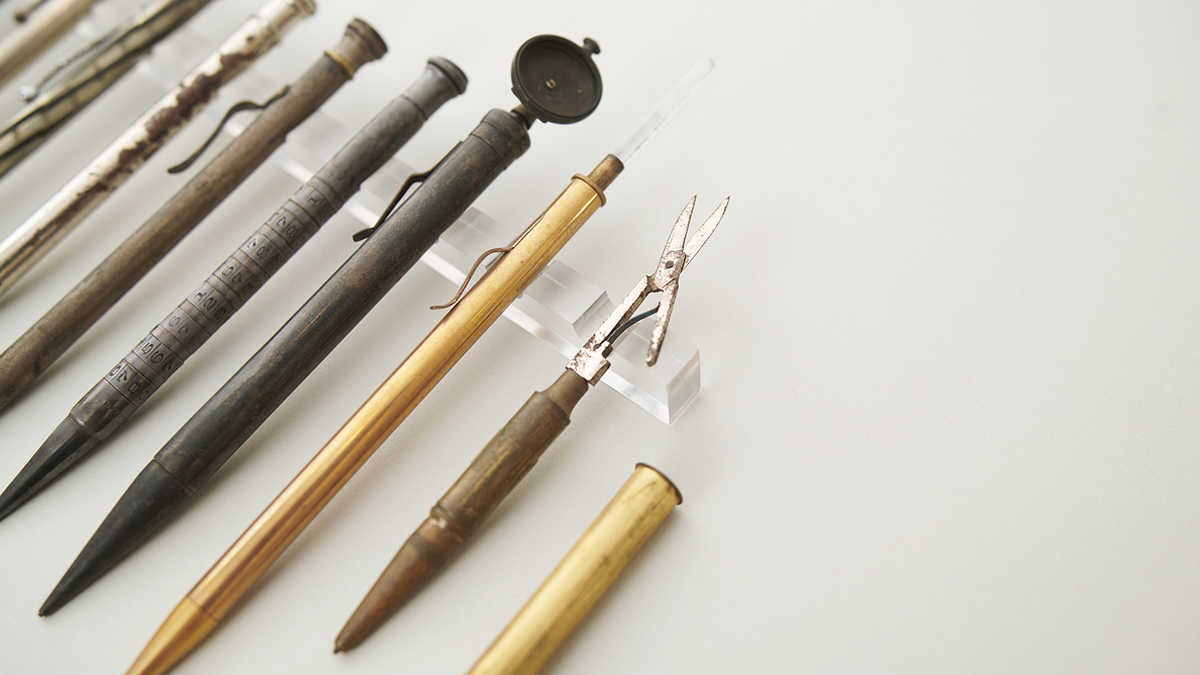
A Pencil from 100 Years Ago and Today’s Smartphone
What I find so interesting is Hayakawa’s foresight.
Today, after more than 100 years since the twist-type Hayakawa mechanical pencil was introduced, most stationery functions can be covered by smartphones.
Out of the functions that Hayakawa added to the mechanical pencils, scissors are less used with the progress toward a paperless world, but for others,
– Calendars can be replaced by calendar apps.
– Magnets are replaced by GPS navigation.
– Thermometers are replaced by healthcare apps.
All of these can be seen in our smartphones today.
It is interesting that such features on our smartphones today were already imaged by Hayakawa and equipped in his mechanical pencils more than 100 years ago.
Even considering he was living in the Taisho Democracy era where freedom and new culture were introduced, it makes one wonder what he was thinking of when he was making these creations.
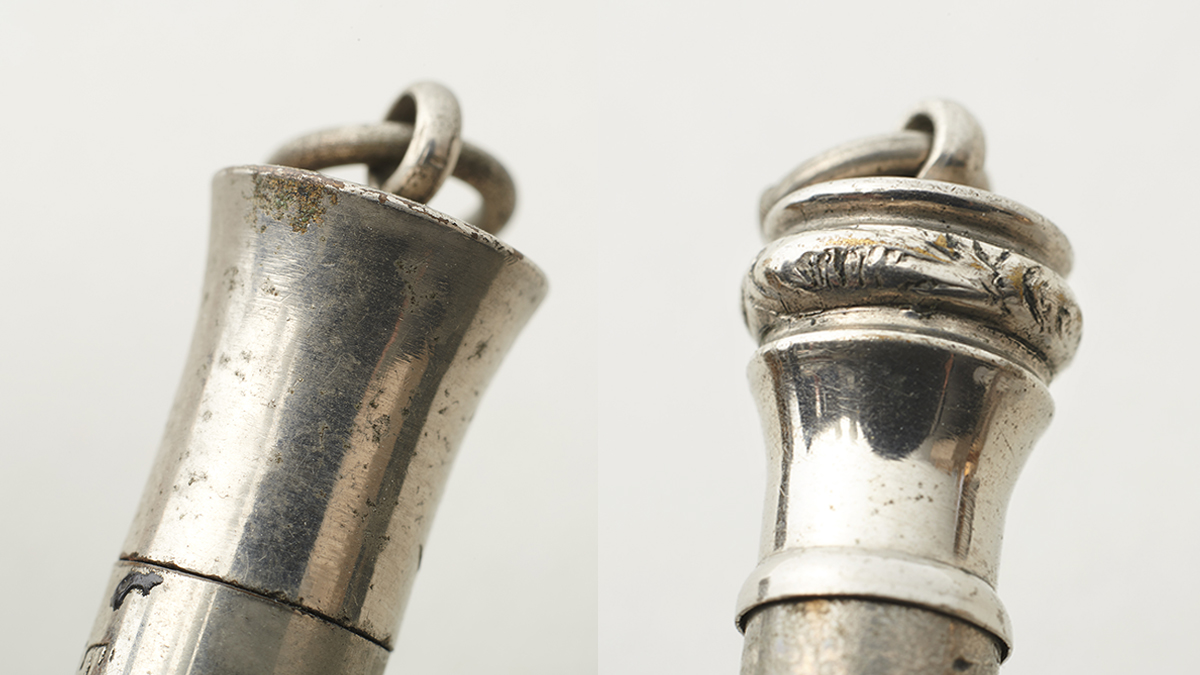
A Romantic Episode of the Mechanical Pencil
Its design has this sense of style, which is different from a charming or popular impression.
Since people at that time wore Japanese traditional clothes that had no pockets, the initial mechanical pencils did not have a clip. Instead, there was a 5mm diameter ring on the tip of the pencil, allowing to pass through a string to wear it from your neck like a pendant. Its size was small of about a pinky finger. It may have appeared quite stylish at that time.
By the way, in those days there was a magazine introducing what stationery famous writers used, and while many used regular pencils, Kenji Miyazawa was introduced as a user of a mechanical pencil. Considering the age, it was assumed it may be the twist-type Hayakawa mechanical pencil, and a researcher of Kenji Miyazawa once visited us at our Museum.
It is said that Kenji Miyazawa walked around hanging a mechanical pencil and a notebook from his neck. Unfortunately there was no clear evidence to conclude whether he actually used the twist-type Hayakawa mechanical pencil, but the researcher mentioned it appeared very similar, including its size.
Isn’t that so romantic?
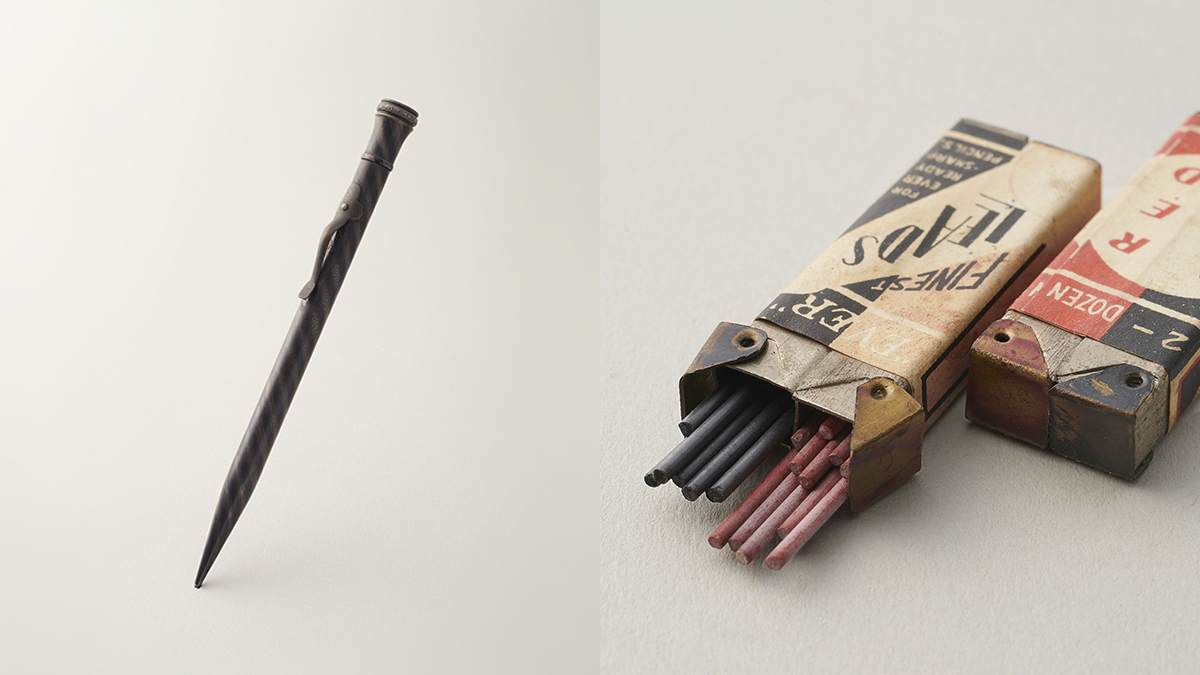
Last, I would like to introduce the words of Hayakawa looking back at these days.
“I was confident the products were elaborate and practical, and they would be well accepted as daily necessities, but when I brought them to stationery stores, I received many complaints. Complaints are given because something is wrong, so I faithfully fixed the parts that were mentioned and presented a new product again by the next week. I never gave up.
Six months later, an owner of a major stationery store was thrilled with my confidence in my products and passionate explanation, and ordered one gross each of all 36 pencils. Ever since, I continued to receive orders in a large quantity from this stationery store. I also ended up being chased to manufacture against orders from inside and outside the country.
From this experience, I strongly believe that as long as you work with a sincere heart and never give up, one day you can definitely become victorious.”
(Translation of extract from Watashi no Kangae-kata, published by Naniwa-sha, written by Tokuji Hayakawa)
That’s it for this time.
Next we will introduce our washing machine.
[Sharp Museum commemorated it 40th anniversary on November 2021]
This is a series of Sharp Museum staffs Fujiwara and Nakatani talking randomly about products and history of Sharp. I hope this will be an opportunity for you to find interest in Sharp’s history in some way.